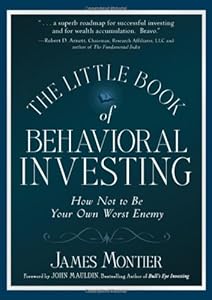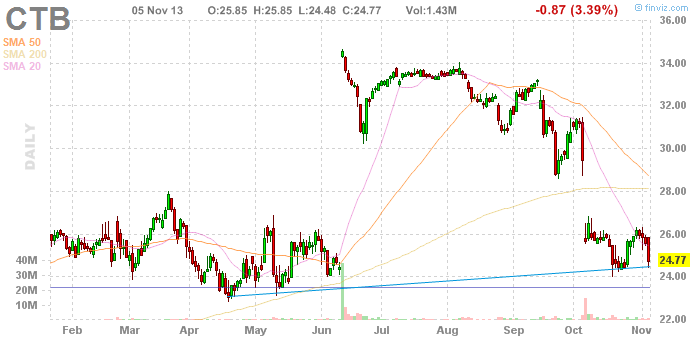“Focusing on facts” is about as unexciting as this statement was mundane to read. I mean, facts are cold, lifeless things. They’ve no heart. They’re all for the C-system, starving our X-system of the emotional satiation of stories: stories that stir us with optimism, pleasure, disgust or fear – but stories that pull us in. If you’re a TV watcher, that’s all the news channels are into nowadays – stories of past, present and future, and very little fact. Sadly, what these stories don’t take us to in the investment journey is a happy ending.
Investors ahoy! Clog your ears from the siren song of stories!

Humans are emotional beings. We’ve gone on about this attribute from Chapter 1 of The Little Book of Behavioral Investing: How not to be your worst enemy and this is certainly not the last time you’ll hear it. In the current Chapter 10, author James Montier highlights the risk in falling for stories and our inclination to draw inaccurate conclusions based on preconceptions.
Such as, you ask? “Expensive means it must be good.” Not true. Just like everything cheap isn’t always bad, everything expensive isn’t good either. Montier gives the example of IPOs. Almost always, IPOs are overpriced. While history has repeatedly shown that IPOs are generally terrible investments, constantly demonstrating long-term underperformance across the world, they continue to attract investors.
Why? Because what IPOs come with is a good story.
During 1980-2007 in USA, the average IPO underperformed the market by 21% in 3 years after its listing.
On similar lines … “admired stocks” – the one with big price tags and great stock market and financial performance stories get all the investor love. “Despised stocks” – typically low value and tagged with poor stories, are not considered good buys. Is that a biased thought or not? In reality, it’s found that usually the despised stocks are better investment – outperforming not only the admired stocks but also the market.
But how many investors go beyond the story? How many follow a reverse engineering approach to dissect the past performance of companies that launch pricey IPOs? How many get down to proving the validity of the current stock price?
Montier gives us an example of a medical story to prove its influence. Here’s a drug “A” whose effectiveness is given as a percentage of those cured overall – ranging from 90% to 30%. These stats are given to participants along with a positive, negative or ambiguous story. Remember that the base information or the facts of the drug’s efficacy has been laid out clearly. Participants were then asked if they would try the drug if afflicted by the disease:
- For a 90% efficacy rate, after hearing a positive story – 88% were agreeable.
- For a 90% efficacy rate, after hearing a negative story – only 39% agreed.
- For a 30% efficacy rate, after hearing a negative story – only 7% agreed (expectedly).
- For a 30% efficacy rate, after hearing a positive story – 78% were agreeable.
That’s the power of a story. It blinds you to facts.
Another example is used to describe the capitalization of hope. Hark back to 2003-2007 when China’s growth in production was making big news. The global mining sector suddenly became the new gold. Analysts predicted that earning per share would sky rocket at a rate of 12.5% per annum, double the rate seen historically. Those who bought the story invested. And then came the world’s largest downturn… leaving investors gasping.
See the root cause of all this trouble? It’s the enchantment of stories. So what’s our protection here? Focusing on facts – nothing more, nothing less. All investment decisions must be based on sound research that’s justified by facts, not market news and analysts’ humdrum. Stick with that and keep trouble away.
Monica Samuel is doing a chapter-wise review of the book: The Little Book of Behavioral Investing: How not to be your worst enemy by James Montier. You can follow the series by following this tag: tlbbinvesting or by subscribing to this rss feed: tlbbifeed













